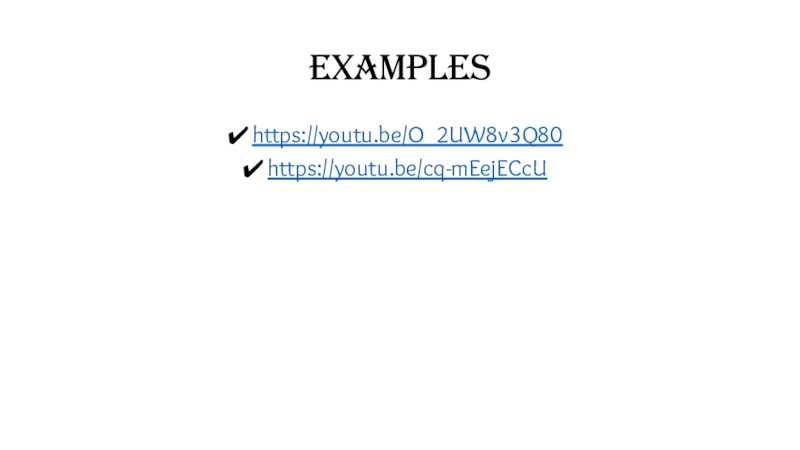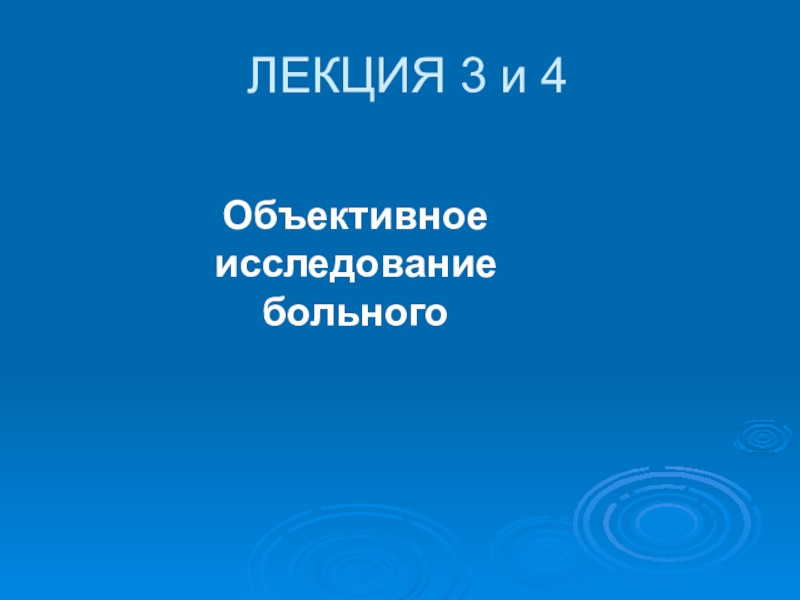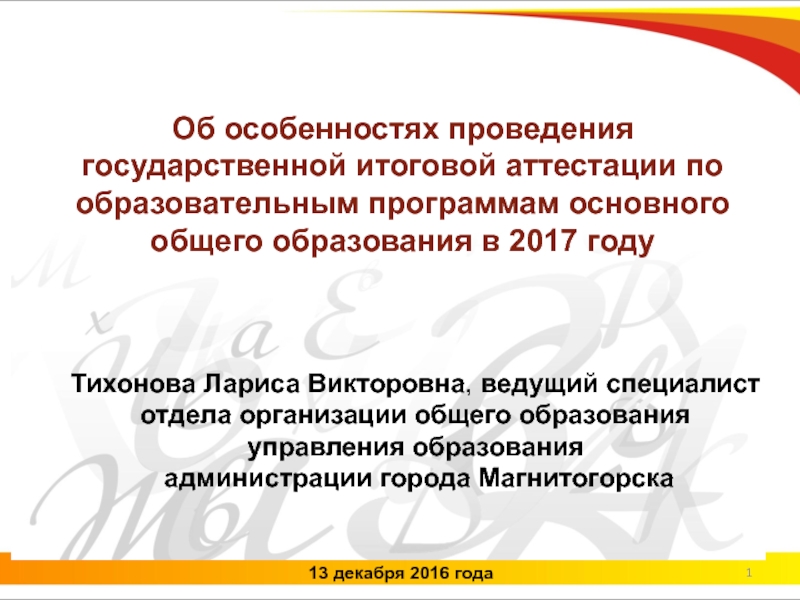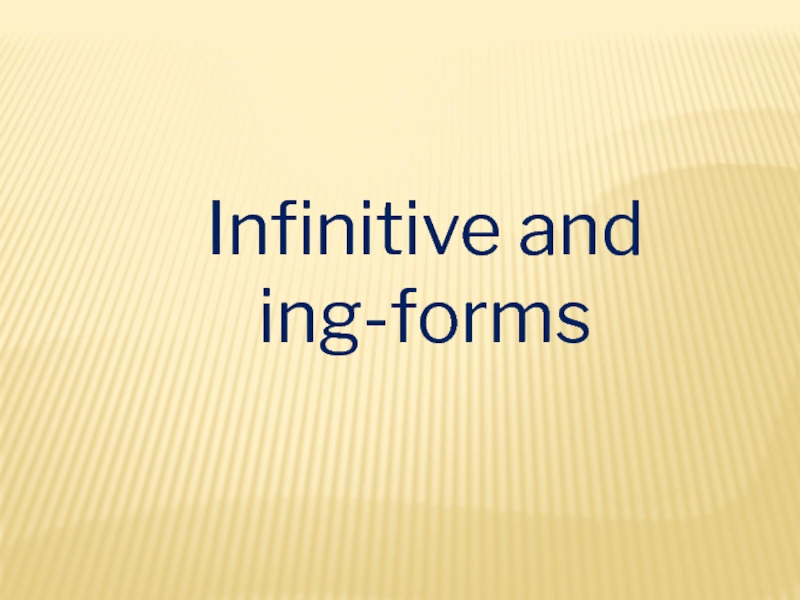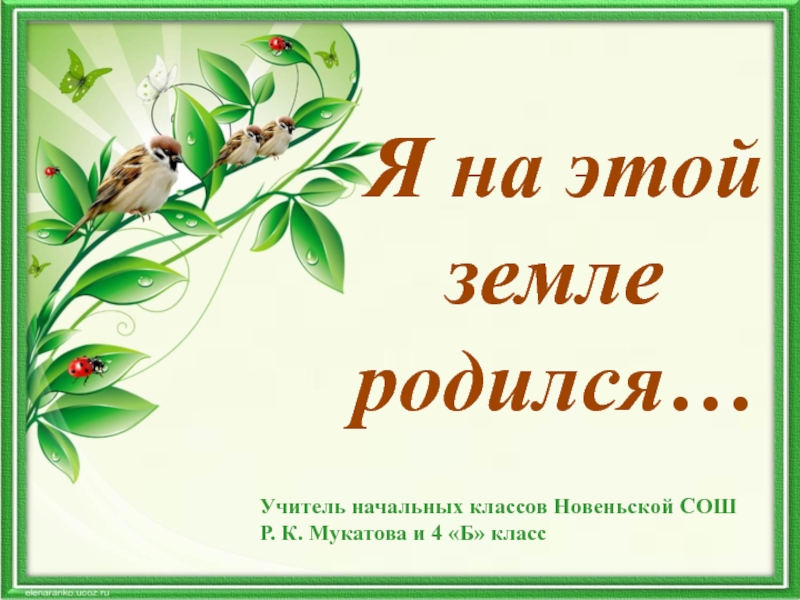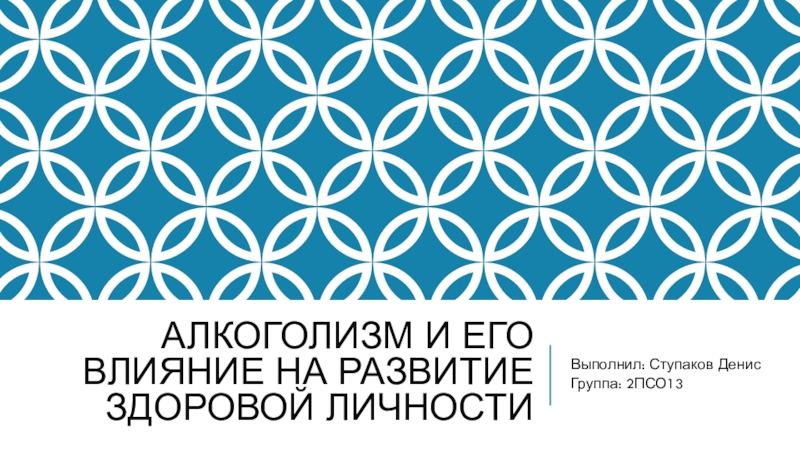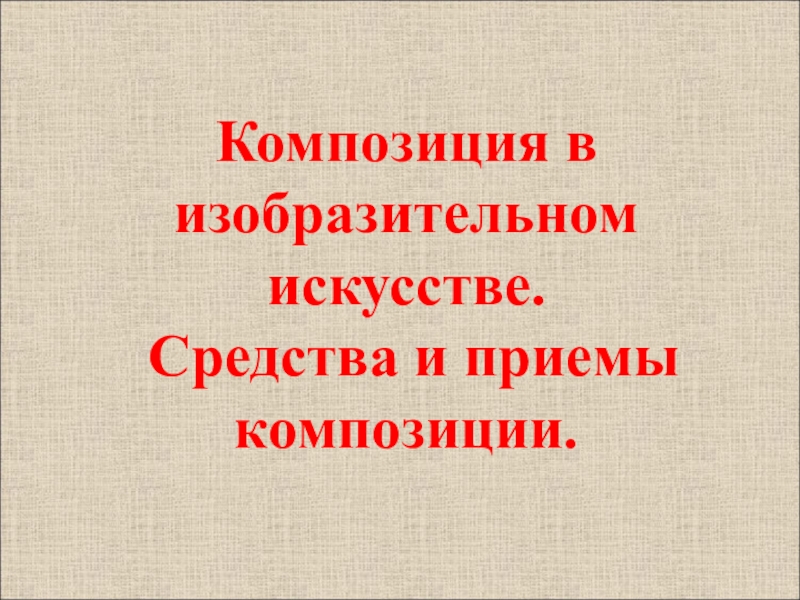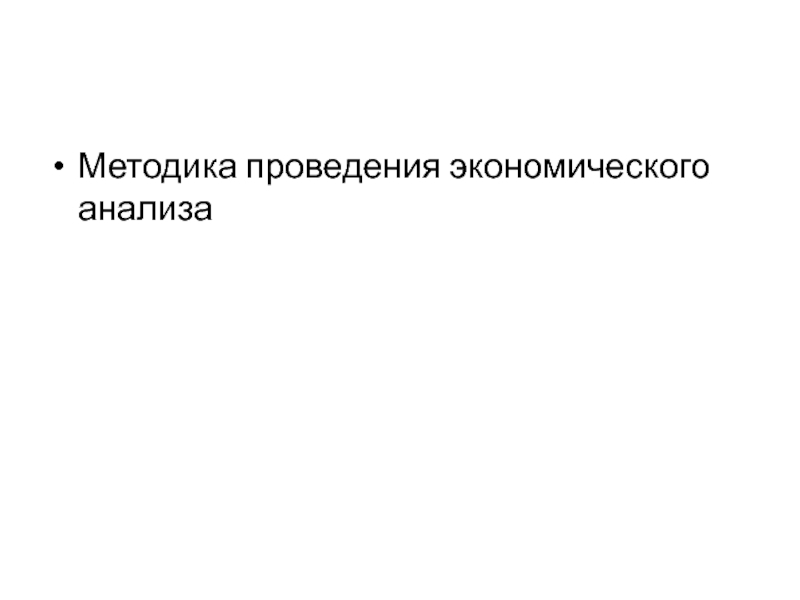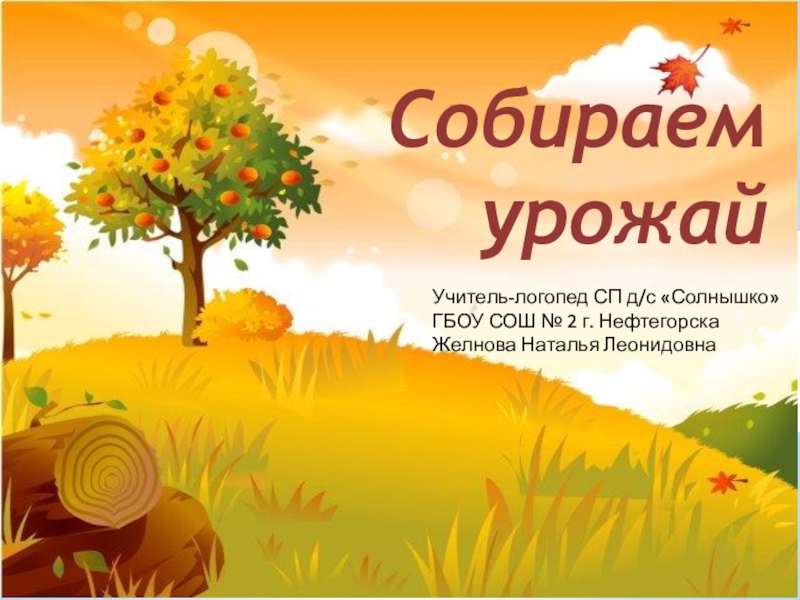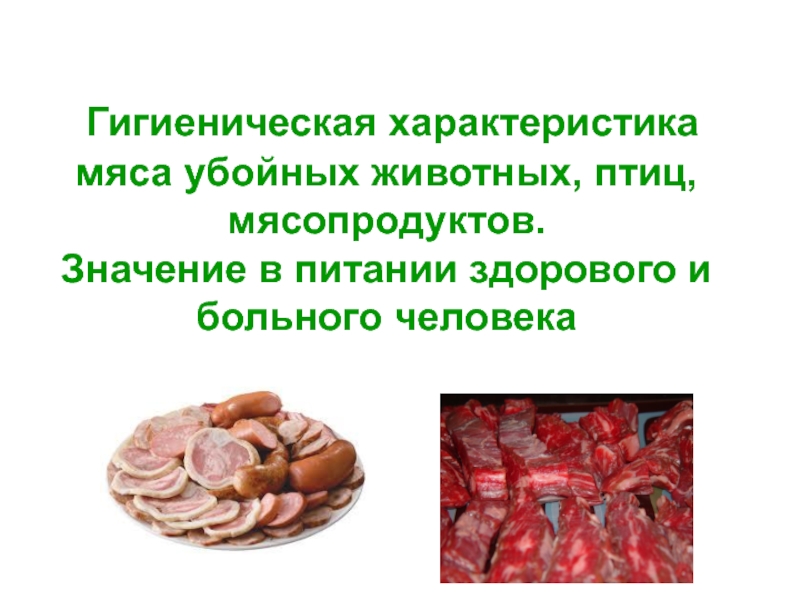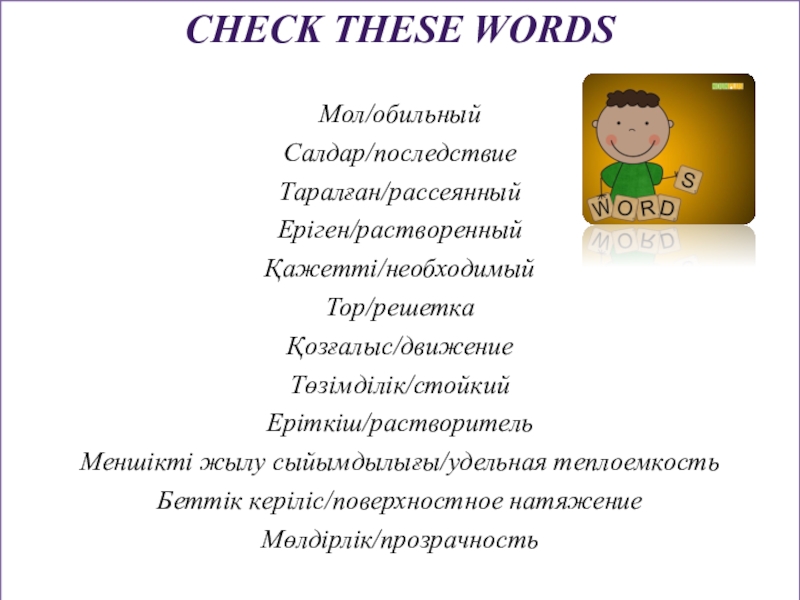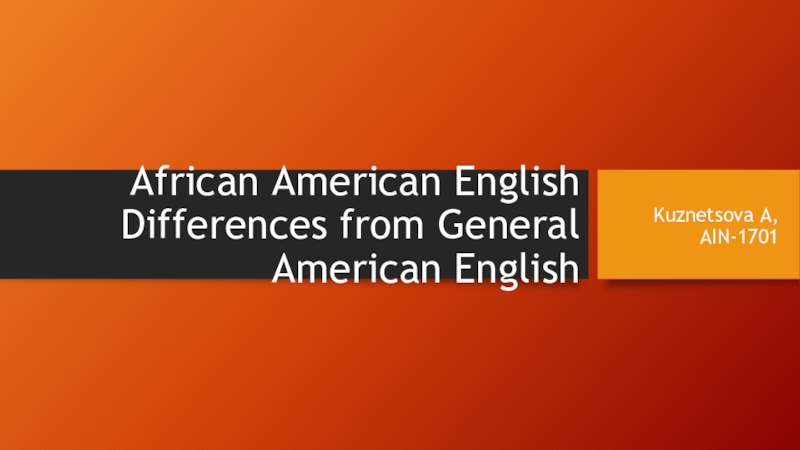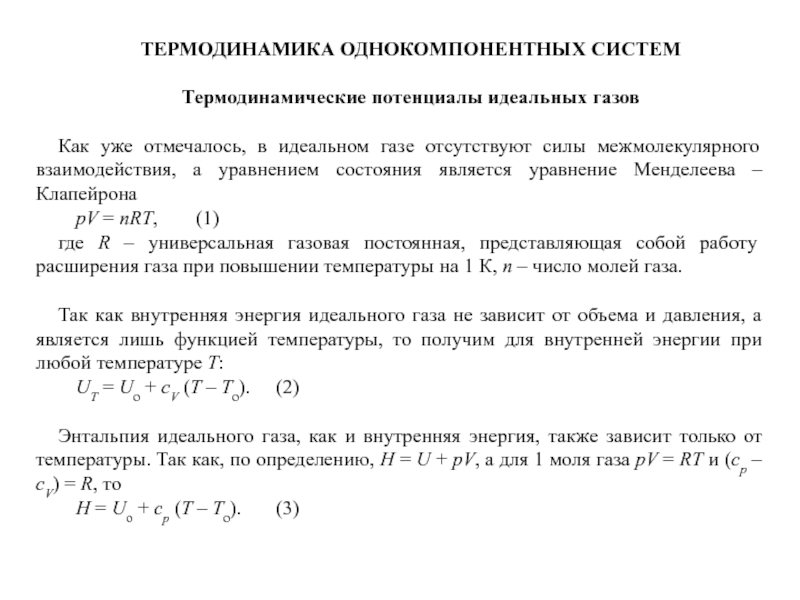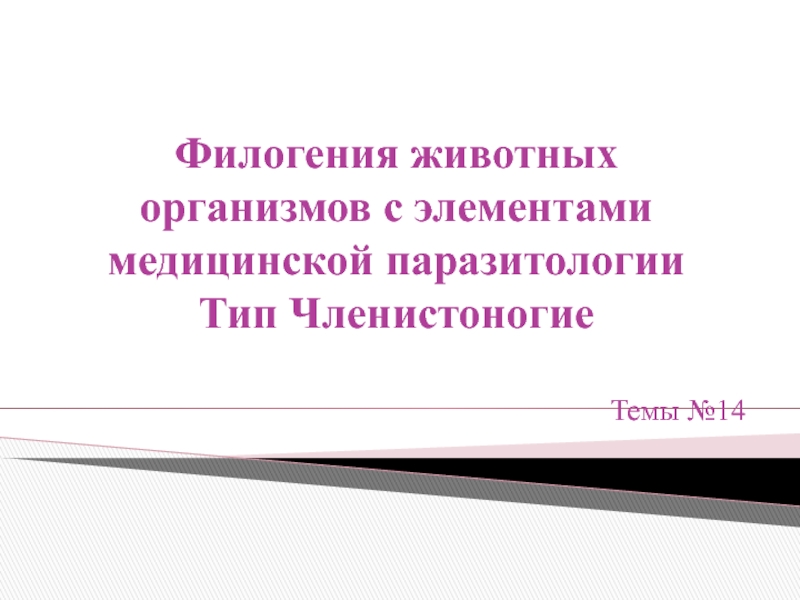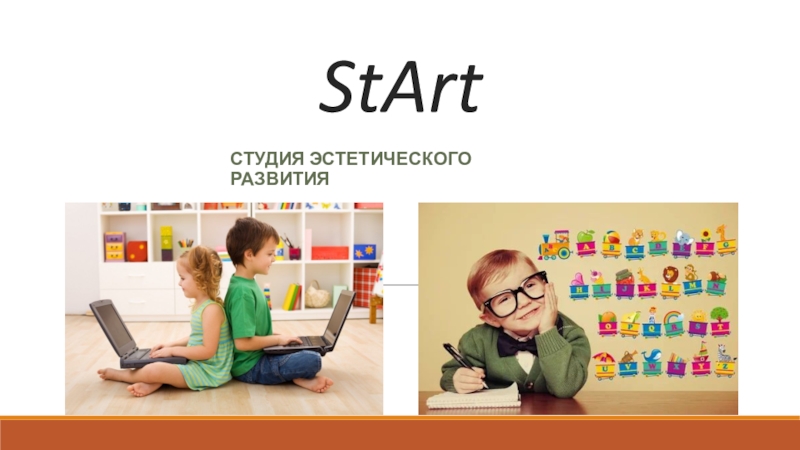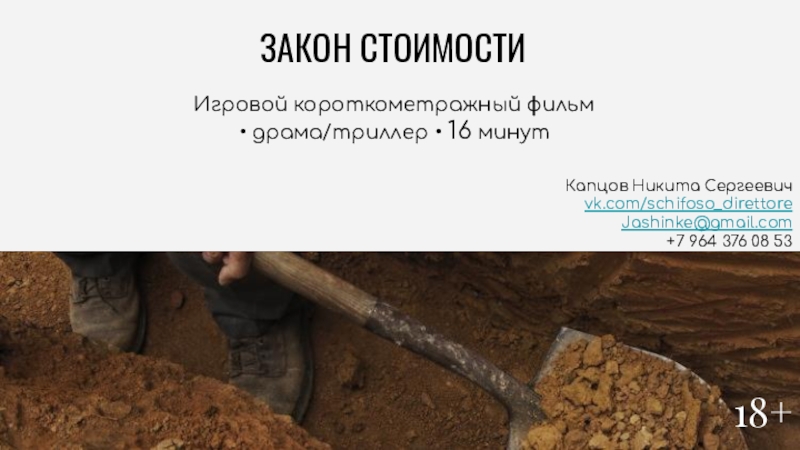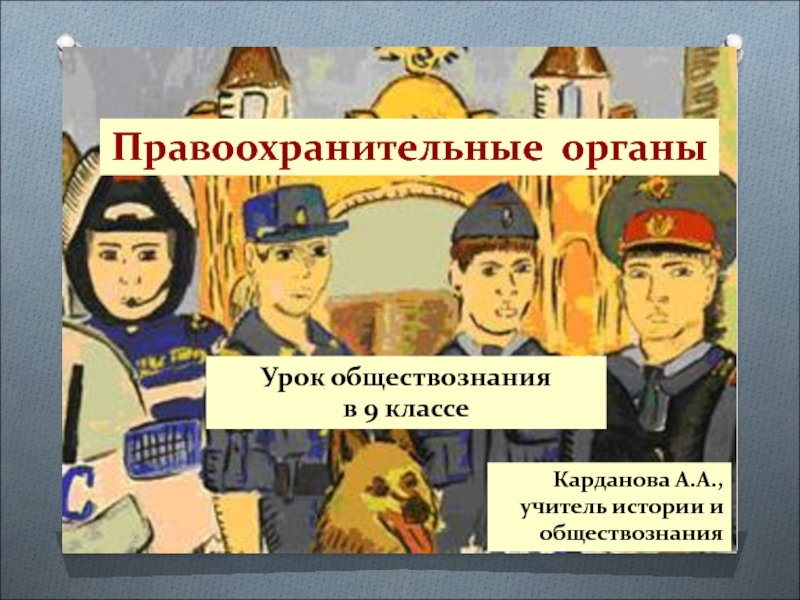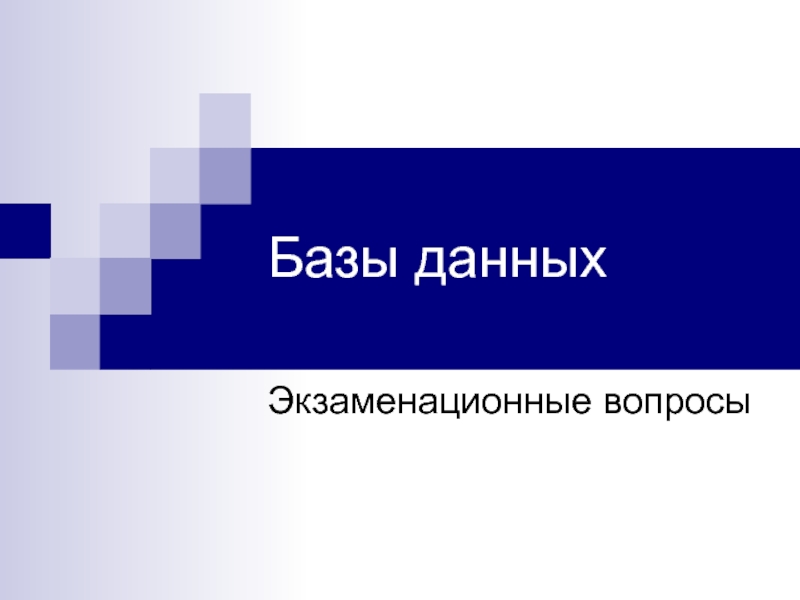Слайд 1Scottish, Irish, Welsh Englishes
Kuznetsova A, AIN-1701 (1)
Слайд 3Scottish English
Scottish English (Scottish Gaelic) is the set of dialects of the English
language spoken in Scotland.
The transregional, standardised variety is called Scottish Standard English or Standard Scottish English (SSE). Scottish
Standard English may be defined as "the characteristic speech of the professional class [in Scotland] and the accepted norm in schools".
In addition to distinct pronunciation, grammar and expressions, Scottish English has distinctive vocabulary, particularly pertaining to Scottish institutions such as the Church of Scotland, local government and the education and legal systems.
Слайд 4Scottish English features
There is a distinction between /w/ and /hw/ in word pairs such
as witch and which.
The phoneme /x/ is common in names and in SSE's many Gaelic
and Scots borrowings, so much so that it is often taught to incomers, particularly for "ch" in loch. Some Scottish speakers use it in words of Greek origin as well, such as technical, patriarch, etc. (Wells 1982, 408).
/l/ is usually velarised (see dark l) except in borrowings like "glen" (from Scottish Gaelic "gleann"), which had an unvelarised l in their original form. In areas where Scottish Gaelic was spoken until relatively recently (such as Dumfries and Galloway) and in areas where it is still spoken (such as the West Highlands), velarisation of /l/ may be absent in many words in which it is present in other areas, but remains in borrowings that had velarised /l/ in Gaelic, such as "loch" (Gaelic "loch") and "clan" (Gaelic "clann").
/p/, /t/ and /k/ are not aspirated in more traditional varieties,[17] but are weakly aspirated currently.
The past ending -ed may be realised with /t/ where other accents use /d/, chiefly after unstressed vowels: ended [ɛndɪt], carried [karɪt]
Vowel length is generally regarded as non-phonemic, although a distinctive part of Scottish English is the Scots vowel length rule (Scobbie et al. 1999). Certain vowels (such as /i/, /u/, and /aɪ/) are generally long but are shortened before nasals and voiced plosives. However, this does not occur across morpheme boundaries so that need contrasts with kneed, crude with crewed and side with sighed.

Слайд 5Scottish English features
Scottish English has no /ʊ/, instead transferring Scots /u/. Phonetically,
this vowel may be pronounced [ʉ] or even [ʏ]. Thus pull and pool are homophones.
Cot and caught are not differentiated
in most Central Scottish varieties, as they are in some other varieties.[18]
In most varieties, there is no /æ/-/ɑː/ distinction; therefore, bath, trap, and palm have the same vowel.[18]
The happY vowel is most commonly /e/ (as in face), but may also be /ɪ/ (as in kit) or /i/ (as in fleece).[19]
/θs/ is often used in plural nouns where southern English has /ðz/ (baths, youths, etc.); with and booth are pronounced with /θ/. (See Pronunciation of English th.)
In colloquial speech, the glottal stop may be an allophone of /t/ after a vowel, as in [ˈbʌʔər]. These same speakers may "drop the g" in the suffix -ing and debuccalise /θ/ to [h] in certain contexts.
/ɪ/ may be more open [ë̞] for certain speakers in some regions, so that it sounds more like [ɛ] (although /ɪ/ and /ɛ/ do not merge). Other speakers may pronounce it as [ɪ], just as in many other accents, or with a schwa-like ([ə]) quality. Others may pronounce it almost as [ʌ] in certain environments, particularly after /w/ and /hw/.
![Scottish, Irish, Welsh Englishes Scottish English featuresScottish English has no /ʊ/, instead transferring Scots /u/. Phonetically, this Scottish English featuresScottish English has no /ʊ/, instead transferring Scots /u/. Phonetically, this vowel may be pronounced [ʉ] or even [ʏ]. Thus pull and pool are](/img/tmb/7/615139/6f32edd8d5fa41b0d80eefc59021ef56-800x.jpg)
Слайд 6Scotticisms
Scotticisms are idioms or expressions that are characteristic of Scots, especially when
used in English. They are more likely to occur in
spoken than written language.
Ach, away ye go! stock phrase meaning "Oh, I don't believe you“
His face is tripping him meaning "He's looking fed up“
You'd better just caw canny meaning "You'd better just go easy/Don't overdo it“
What a dreich day! meaning "What a dull, miserable, overcast day" (of weather)
Слайд 7Some words used in Scotland
Dinnae= Don’t
Aye= yes
Brae= hill
Wee = small
To mind= to remember
Dram= drink
Gate= road
Nippin = nagging
Paddock = frog
Canny = careful
Kirk= church
Kilt = Scottish Skirt
Lassies = girls
Слайд 8Facts about Scottish English
Scottish Gaelic, unfortunately, belongs to the endangered
languages. It belongs to the Celtic group. The number of
its carriers is getting smaller and smaller every year. And now only about 50 thousand inhabitants of the Kingdom communicate on it. The modern Scottish government is taking a number of measures to promote Gaelic in the country. To this end, a bilingual education policy was adopted. In Gaelic, they began to hold services in churches. The BBC also decided to support the revival of Gaelic. On television in Scotland, you can see a lot of programs in Gaelic. These are news, entertainment and educational programs.
Слайд 9Glaswegian dialect
There is one dialect different from Scottish English –
Glaswegian dialect. The speech of Glaswegians, popularly known as the Glasgow patter or Glaswegian,
varies from Scottish English at one end of a bipolar linguistic continuum, with the local dialect of West Central Scots at the other. Its features:
T-glottalization is "strongly stigmatized yet extremely common". Glottalization also occurs of k and p, albeit less frequently.
d and t can be pronounced with dentalisation. d is sometimes omitted at the end of a word (e.g. old, stand).
Th-fronting occurs with some younger speakers.
x is used in words such as loch, although this is dying out amongst younger speakers.
ʍ is used in words beginning "wh" (e.g. whine).
There is no H-dropping except in unstressed cases of him and her.
Yod-dropping only occurs after l or s.
Most Glasgow speech is rhotic, but non-rhoticity can be found amongst some younger working-class speakers. The realisation of /r/ can be ɹ, ɻ or r.
l is a dark l in almost all positions.
Слайд 10Examples
https://youtu.be/3FBDCmibOM4
https://youtu.be/mALkCGVA2BU
Слайд 12Irish English
The English language as used in Ireland. Scholars currently employ three terms
to describe this variety: ANGLO-IRISH, HIBERNO-ENGLISH, and Irish English. Anglo-Irish is the oldest and has
long been associated with the English language in Ireland, English people in Ireland, and British politics in Ireland, as a result of which it can be ambiguous and Irish people often dislike its use as a generic term.
Слайд 13Pronunciation
In pronunciation, three main models are followed:
Received Pronunciation. Two
small groups of people have RP accents: men educated in
England, especially in the public (private) schools, and some individuals in the media.
Received Irish Pronunciation. A rhotic accent and the prestige pronunciation of Radio Telefis Eireann (Irish Radio and Television). It is closer to RP than other varieties of Irish speech and is favoured by middle-class speakers of Anglo-Irish.
Received Ulster Pronunciation. In Northern Ireland, many broadcasters speak standard English with a regional accent and are more influential as models than speakers of RP.
Слайд 14Facts about Irish English
Despite the fact that Irish has received
the status of an official working language of the EU,
modern linguists refer to it as a so-called dysfunctional language. Every year the number of native speakers decreases, and schools where teaching is conducted in Irish are gradually closed. Many fear that the Irish language will eventually disappear completely from the face of the earth.
Слайд 15Examples
https://youtu.be/QJFayFOASMg
https://youtu.be/Hwstj9FJHGg
Слайд 17Welsh English
Welsh English (Welsh: Saesneg Gymreig) comprises the dialects of English spoken by Welsh people. The dialects
are significantly influenced by Welsh grammar and often include words derived from Welsh.
In addition to the distinctive words and grammar, a variety of accents are found across Wales, including those of North Wales, the Cardiff dialect, the South Wales Valleys and West Wales.
Слайд 18Pronunciation
The vowel of cat /æ/ is pronounced as a more central near-open front unrounded
vowel [æ̈]. In Cardiff, bag is pronounced with a long vowel [aː]. In Mid-Wales, a pronunciation resembling its New
Zealand and South African analogue is sometimes heard, i.e. trap is pronounced /trɛp/.
The vowel of end /ɛ/ is a more open vowel and thus closer to cardinal vowel [ɛ] than RP.
In Cardiff, the vowel of "kit" /ɪ/ sounds slightly closer to the schwa sound of above, an advanced close-mid central unrounded vowel.
Слайд 19Pronunciation
A strong tendency (shared with Scottish English, Northern English and some South African accents) towards
using an alveolar tap [ɾ] (a 'tapped r') in place of an approximant [ɹ] (the
r used in most accents in England) is present while some accents influenced by Welsh may use an alveolar trill [r].
Most Welsh accents are non-rhotic, however variable rhoticity can be found in accents influenced by Welsh while some speakers in Port Talbot may supplant the front vowel of bird with /ɚ/, like in many varieties of North American English.
Some gemination between vowels is often encountered, e.g. money is pronounced [ˈmɜn.niː].
As Welsh lacks the letter Z and the voiced alveolar fricative /z/, some first-language Welsh speakers replace it with the voiceless alveolar fricative /s/ for words like cheese and thousand, while pens (/pɛnz/) and pence merge into /pɛns/, especially in north-west, west and south-west Wales.
In northern varieties influenced by Welsh, chin (/tʃɪn/) and gin may also merge into /dʒɪn/.
In the north-east, under influence of such accents as Scouse, ng-coalescence does not take place, so sing is pronounced /sɪŋɡ/.
![Scottish, Irish, Welsh Englishes PronunciationA strong tendency (shared with Scottish English, Northern English and some South African accents) towards using PronunciationA strong tendency (shared with Scottish English, Northern English and some South African accents) towards using an alveolar tap [ɾ] (a 'tapped r') in place](/img/tmb/7/615139/af1964eec45d1a9c8b237ce0597e66a9-800x.jpg)
Слайд 20Facts about Welsh English
The first educational programs in which teaching
was conducted in two languages appeared only at the beginning
of the last century. By the beginning of 2001, the number of schools offering lessons in Welsh had increased to 52. Bilingual policies in Wales have proven effective. However, even at the present time, despite the constant growth of Welsh speakers in everyday life, schools are not spread evenly enough across Wales. Various TV and radio programmes are also currently broadcast in Welsh. Despite all the obstacles that the Welsh language had to go through, it managed to remain among the living, as well as successfully develop in the modern world. However, the Welsh government still faces many important challenges. First, we need to continue to increase the number of Welsh speakers. Secondly, the problem of using the language among young people remains relevant. There is also a need to encourage the use of Welsh among private sector companies.
Слайд 21Examples
https://youtu.be/O_2UW8v3Q80
https://youtu.be/cq-mEejECcU
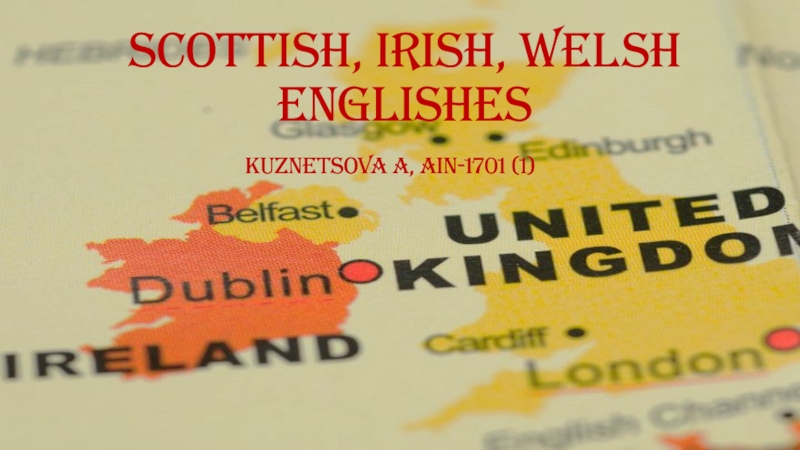
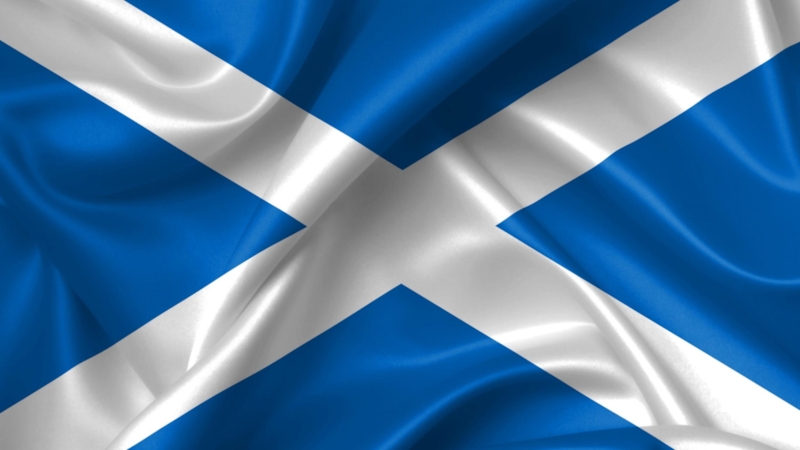


![Scottish, Irish, Welsh Englishes Scottish English featuresScottish English has no /ʊ/, instead transferring Scots /u/. Phonetically, this Scottish English featuresScottish English has no /ʊ/, instead transferring Scots /u/. Phonetically, this vowel may be pronounced [ʉ] or even [ʏ]. Thus pull and pool are](/img/tmb/7/615139/6f32edd8d5fa41b0d80eefc59021ef56-800x.jpg)
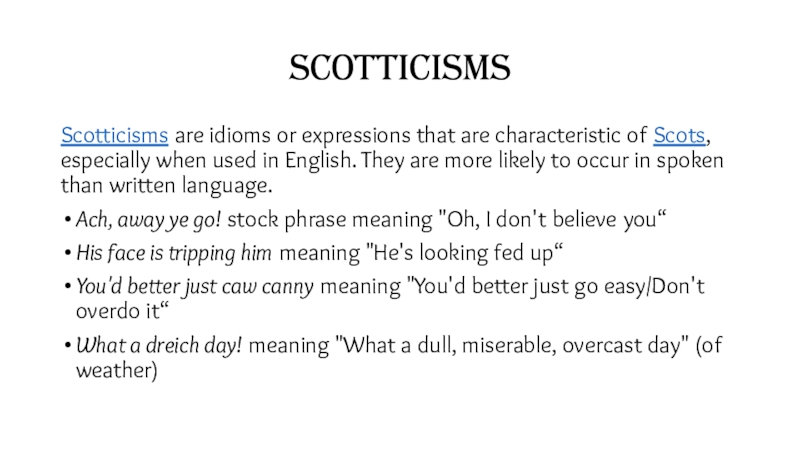
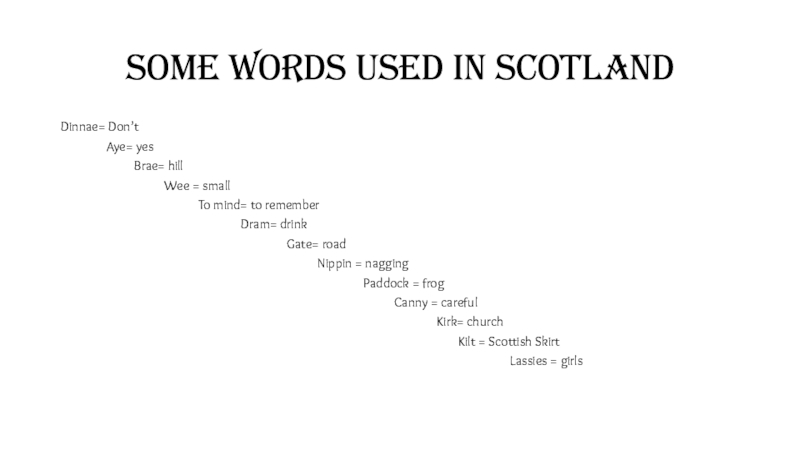

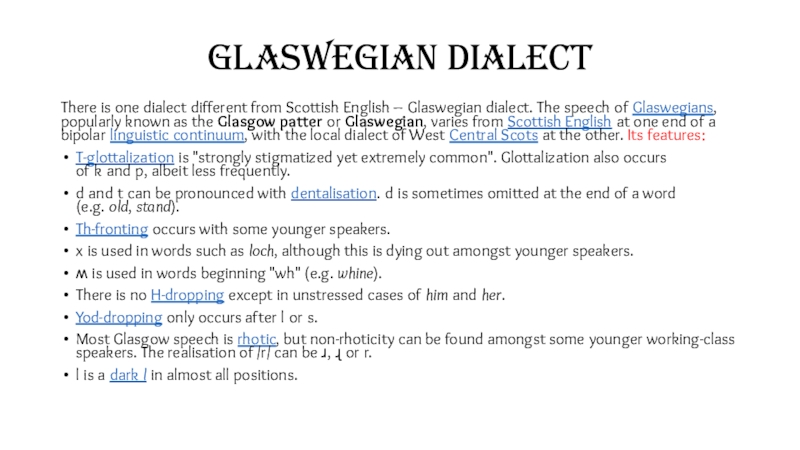


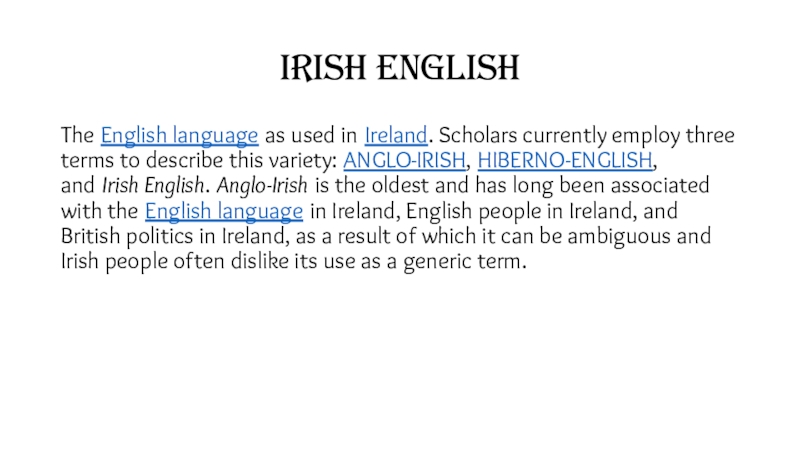

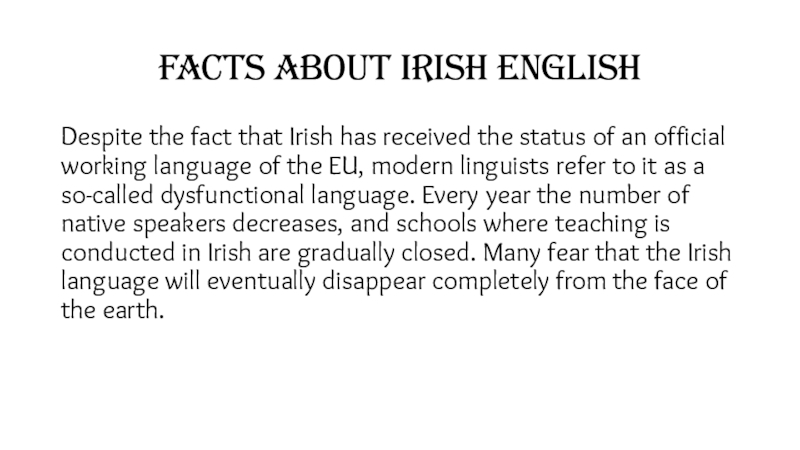
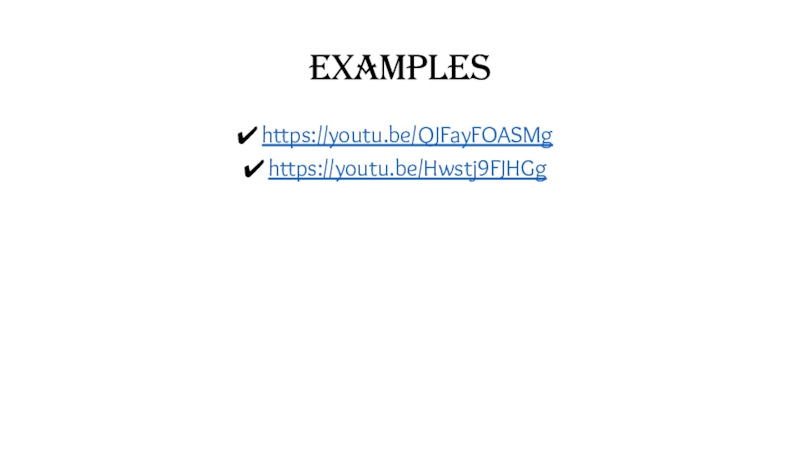
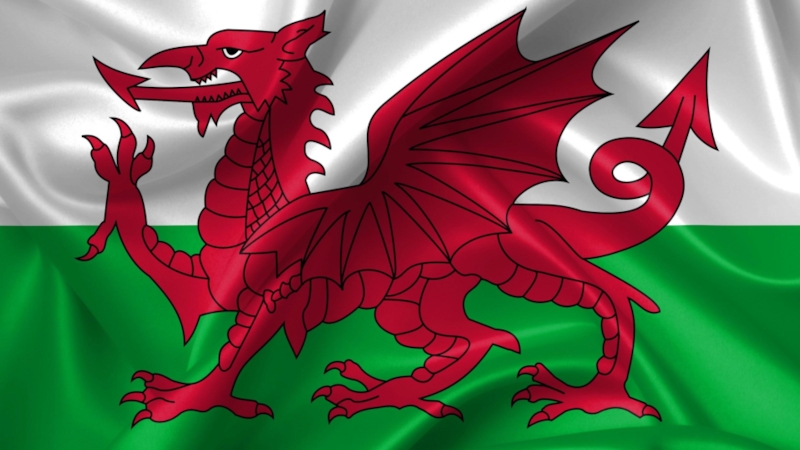
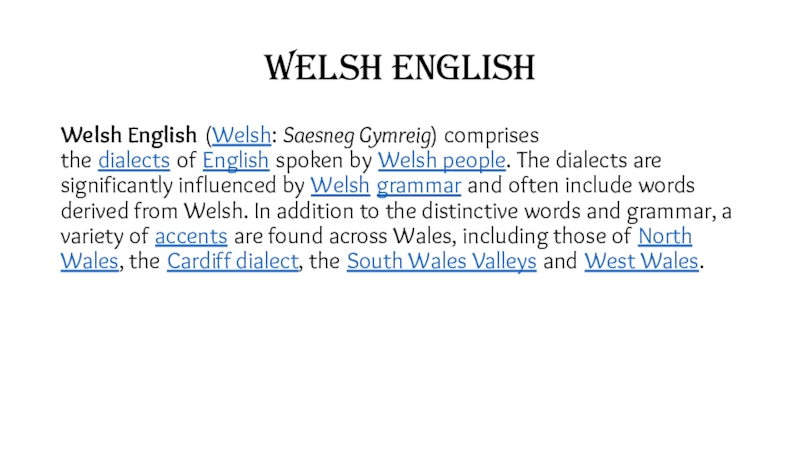
![Scottish, Irish, Welsh Englishes PronunciationThe vowel of cat /æ/ is pronounced as a more central near-open front unrounded vowel [æ̈]. In Cardiff, bag is PronunciationThe vowel of cat /æ/ is pronounced as a more central near-open front unrounded vowel [æ̈]. In Cardiff, bag is pronounced with a long vowel [aː]. In Mid-Wales, a](/img/tmb/7/615139/ce375c1aafd5e6a9570a7b0b6905faa0-800x.jpg)
![Scottish, Irish, Welsh Englishes PronunciationA strong tendency (shared with Scottish English, Northern English and some South African accents) towards using PronunciationA strong tendency (shared with Scottish English, Northern English and some South African accents) towards using an alveolar tap [ɾ] (a 'tapped r') in place](/img/tmb/7/615139/af1964eec45d1a9c8b237ce0597e66a9-800x.jpg)

